Ultimate Guide to Car Speaker Installation: Transform Your Ride's Sound System
Upgrading your vehicle's audio system can significantly enhance your driving experience, and one of the most impactful modifications you can make is through effective car speaker installation. In this ultimate guide, we will walk you through the entire process, from selecting the right speakers to properly installing them in your ride. Whether you're a seasoned DIY enthusiast or a beginner eager to dive into the world of car audio, our comprehensive instructions will equip you with the knowledge and confidence needed to transform your car's sound system. With the right tools and expert tips, you'll discover how to bypass common pitfalls and achieve high-quality sound that elevates every drive. Join us as we explore everything related to car speaker installation, ensuring you achieve an incredible auditory experience that matches your musical tastes.
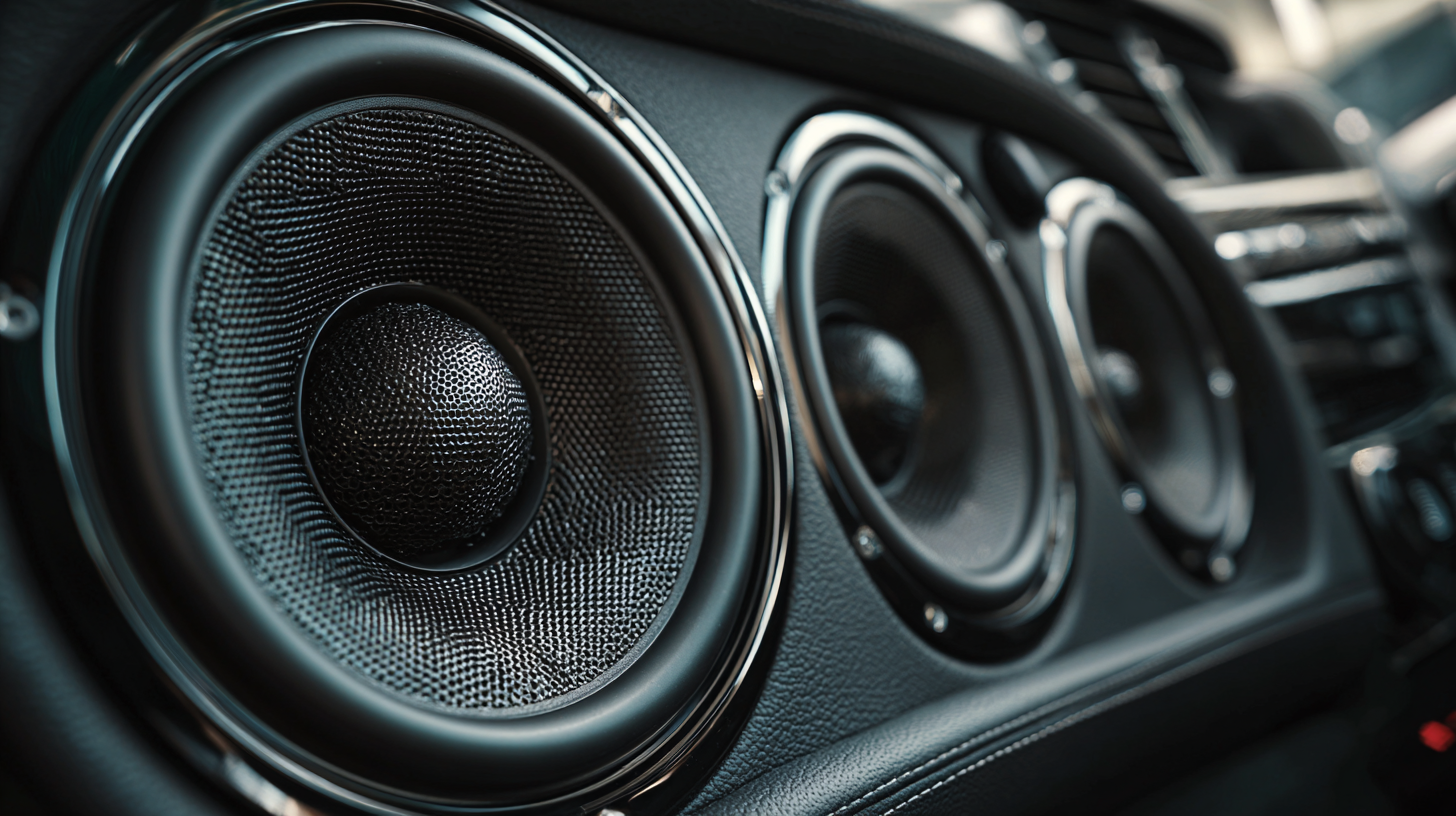
Selecting the Right Car Speakers for Your Sound Preferences
When it comes to enhancing your vehicle's audio experience, selecting the right car speakers is crucial. Your sound preferences play a significant role in this selection process. First, consider the type of music you frequently listen to. For instance, if you enjoy bass-heavy genres like hip-hop or electronic music, look for speakers with good low-frequency response and subwoofers. Conversely, if you prefer acoustic or vocal-centric music, speakers with a strong mid-range performance will elevate clarity and detail.
Additionally, think about the volume levels you'll typically listen at. If you often crank up the volume during drives, opting for speakers with high sensitivity ratings will ensure they perform well without distortion. Don't forget to take into account the speaker size and the compatibility with your vehicle's existing system.
Factor in the installation type—whether you're going for a component or coaxial speaker setup—as this will impact the overall sound quality and ease of installation. By carefully considering these elements, you'll be well on your way to transforming your ride's sound system to match your personal audio preferences.
Tools and Materials Needed for a Successful Installation
When embarking on a car speaker installation project, having the right tools and materials at your disposal is essential for a successful outcome. Start with a basic toolkit, which includes a screwdriver set, wire strippers, and a pair of pliers. A multimeter can be particularly useful for testing electrical connections, ensuring a clean and efficient setup. Additionally, having panel removal tools will help prevent damage to your vehicle’s interior while accessing speaker locations.
In terms of materials, you'll need high-quality speaker wire to connect your new audio components, as well as connectors for secure junctions. Foam tape can help reduce vibrations and improve sound quality if your speakers are mounted in non-factory locations. Don't overlook sound deadening material; it minimizes rattles and enhances overall acoustic performance. With these tools and materials on hand, you're well-equipped to elevate your ride's sound system with professional-level results.
Car Speaker Installation: Sound Quality Improvement
This chart illustrates various aspects of sound quality improvement after a car speaker installation. Ratings range from 1 to 10, showcasing how installation enhances different sound attributes.
Step-by-Step Guide to Removing Your Old Speakers
Upgrading your car's audio system begins with a crucial first step: removing your old speakers. According to a recent study published by the Mobile Electronics Association, over 60% of car owners express dissatisfaction with their factory-installed speakers. To enhance your listening experience, take advantage of the step-by-step process for removing your existing speakers with ease and precision.
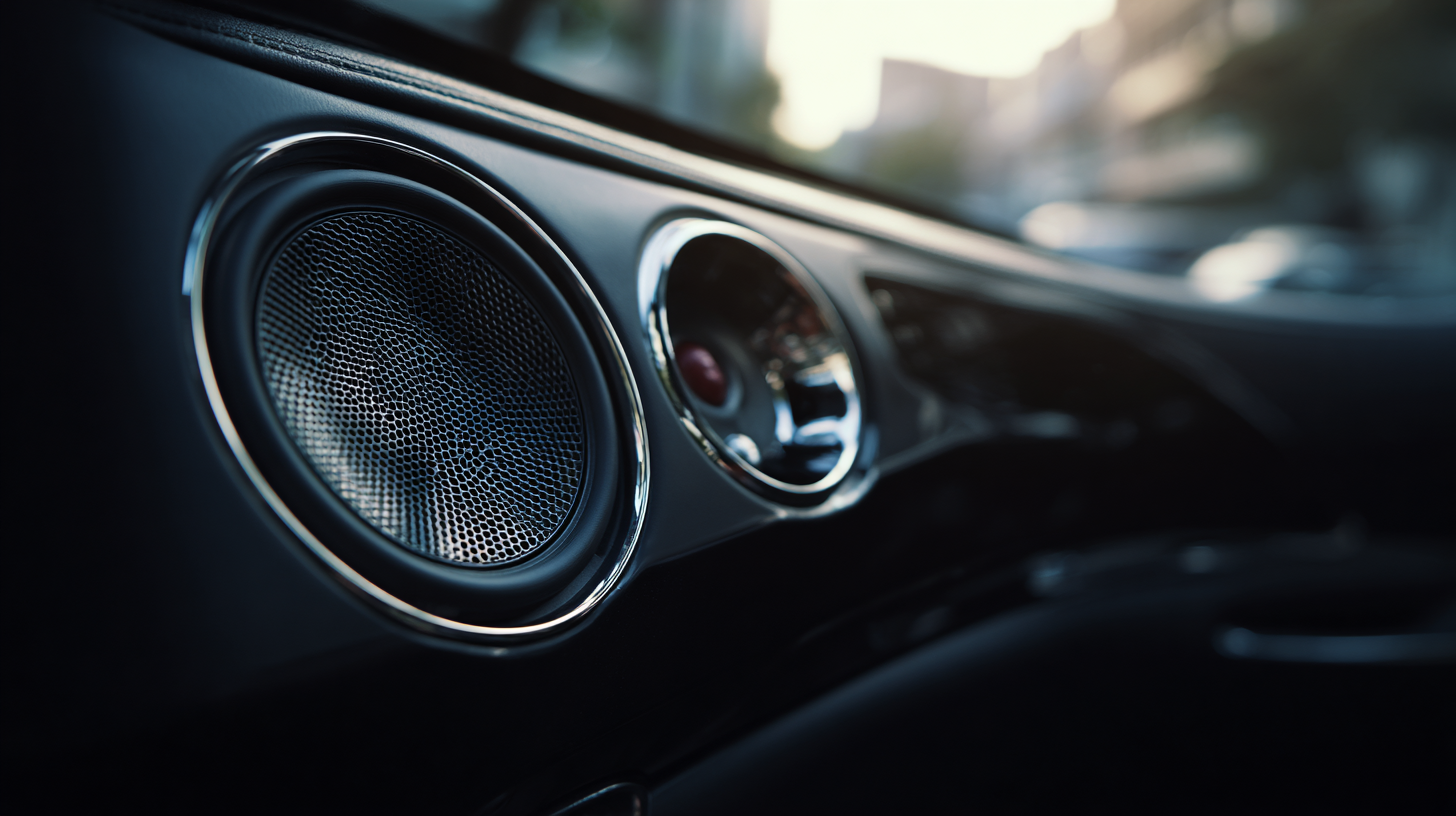
Start by disconnecting the battery to prevent any electrical shorts. Next, use a trim removal tool to carefully detach the speaker grille without damaging the interior. After exposing the speaker, unscrew it from its mount—most speakers are held in place by 4-6 screws. When you pull the speaker out, ensure to keep track of the wiring; many modern vehicles use specific connectors. In cases where the speaker is secured with clips, gently pry them apart to avoid breaking the attachment. As highlighted in a report by Crutchfield, proper removal methods can save you time and reduce the risk of damage, allowing for a seamless transition to your upgraded sound system.
Expert Tips for Installing New Speakers in Your Vehicle
Installing new speakers in your vehicle can dramatically enhance your audio experience, making it essential to approach the task with care and precision. First and foremost, it's crucial to select the right speakers that fit your vehicle's make and model. Consider factors such as speaker size, power handling, and impedance to ensure compatibility. After purchasing the right speakers, gather all necessary tools, including a screwdriver, wire connectors, and a panel removal tool, to streamline the installation process.
When you're ready to begin, start by removing any door panels or speaker grilles carefully to avoid damaging the interior. Once exposed, disconnect the old speakers while noting how the wiring is set up. This will make it easier to install your new speakers. When connecting the new speakers, make sure to follow the polarity, attaching positive to positive and negative to negative. After securing everything back in place, take the time to test the sound before fully reassembling your vehicle’s interior. By following these expert tips, you’ll be able to enjoy an upgraded sound system that elevates every drive.
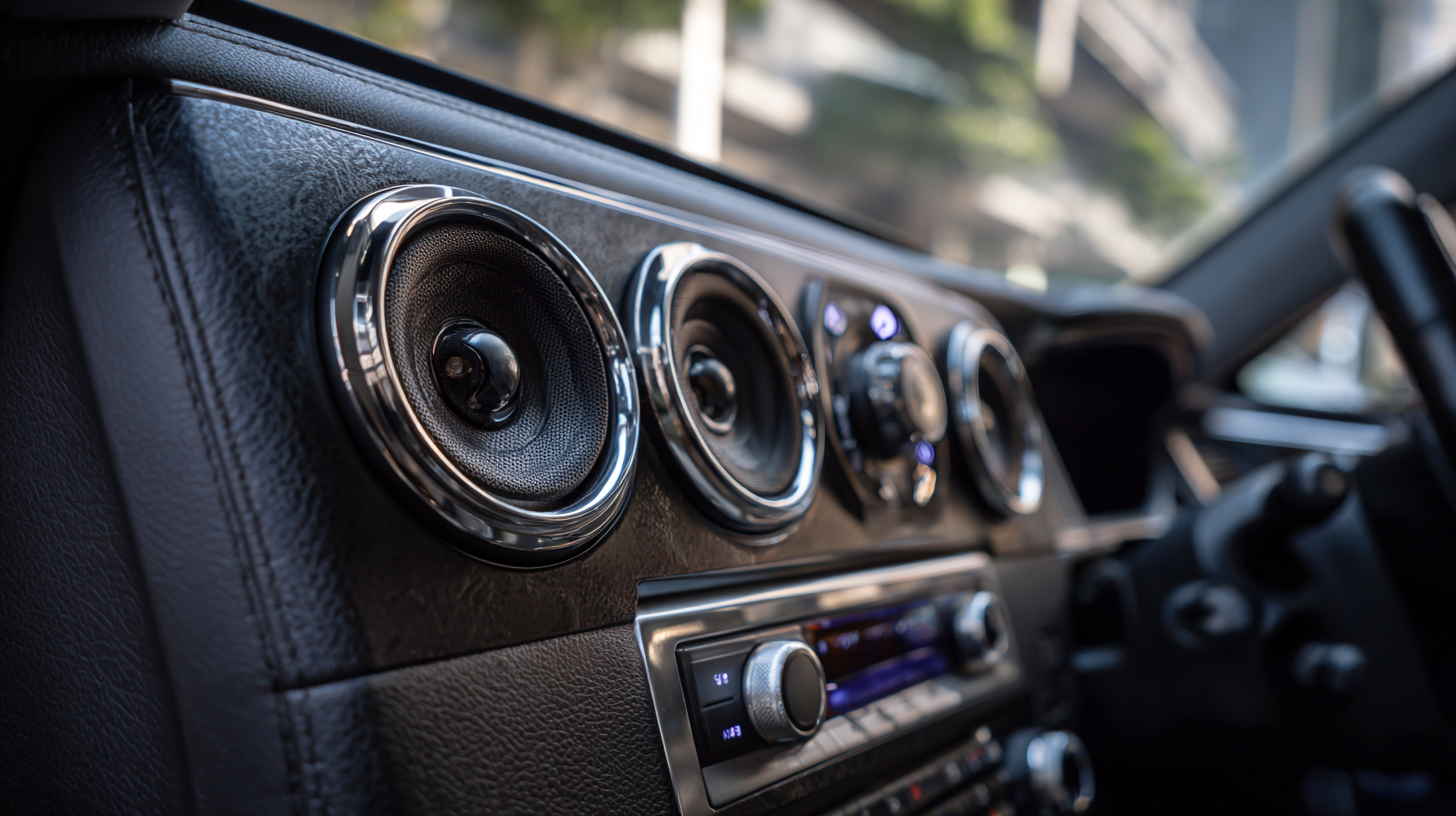
Testing and Tuning Your New Car Audio System for Optimal Sound
Testing and tuning your new car audio system is crucial for achieving optimal sound quality. Once you've installed your speakers, it's important to take the time to calibrate them according to your vehicle's acoustics. Start by listening to a variety of music genres to get a sense of your system's baseline performance. Pay attention to clarity, bass response, and overall balance. Use test tones or frequency sweep tracks to identify any weak spots or distortions in the sound, which can indicate improper speaker placement or tuning issues.
After assessing performance, adjustments can be made through your audio receiver's equalizer settings. Experimenting with the bass, midrange, and treble frequencies can significantly enhance your listening experience. Additionally, consider using a sound level meter to ensure that the volume levels are balanced across all speakers. This step helps to create a cohesive soundstage and prevent distortion at higher volumes. Fine-tuning your audio system not only elevates your enjoyment while driving but also showcases the full potential of your investment in high-quality car speakers.
Ultimate Guide to Car Speaker Installation: Transform Your Ride's Sound System
| Speaker Type | Power Handling (RMS) | Frequency Response | Sensitivity (dB) | Installation Difficulty | Price Range ($) |
|---|---|---|---|---|---|
| Coaxial Speakers | 50-150 | 20Hz - 20kHz | 90-95 | Easy | 50-200 |
| Component Speakers | 75-250 | 50Hz - 25kHz | 88-102 | Moderate | 100-400 |
| Subwoofers | 150-1000 | 20Hz - 200Hz | 85-95 | Difficult | 150-800 |
| Full-Range Speakers | 30-120 | 30Hz - 20kHz | 86-94 | Easy | 30-150 |
Related Posts
-
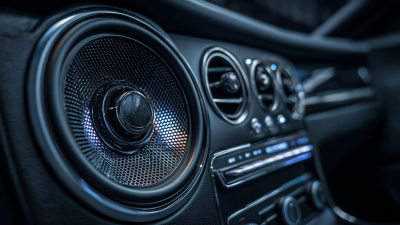
How to Select the Best Car Audio System for Optimal Sound Quality Based on Industry Insights
-
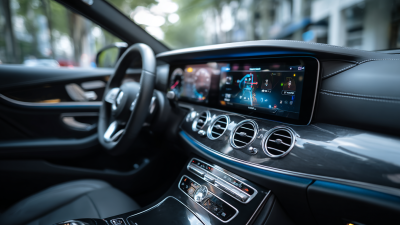
Transform Your Ride: The Ultimate Guide to Choosing the Best Car Multimedia Player in 2023
-

Exploring the Science Behind Car Sound and Its Impact on Driving Experience
-
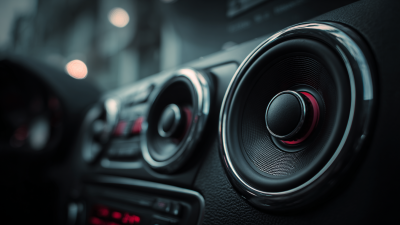
7 Simple Tips to Upgrade Your Car Audio System for Ultimate Sound Quality
-

Driving Innovation in Car Stereo Installation Trends at the 138th Canton Fair 2025
-

Unlocking Opportunities: Car Electronics Trends at the 138th Canton Fair 2025 in China
Footer

Hours
| Sunday | CLOSED | |
| Monday | 9AM-12PM | 1PM-6PM |
| Tuesday | 9AM-12PM | 1PM-6PM |
| Wednesday | 9AM-12PM | 1PM-6PM |
| Thursday | CLOSED | |
| Friday | 9AM-12PM | 1PM-6PM |
| Saturday | 10AM-12PM | 1PM-6PM |
Please note that we are closed for lunch from 12PM-1PM daily.
Contact Us
Leave us a Review!
Our Services
- Car Audio
- Car Alarms
- Mobile Video
- Remote Car Starters
- Navigation Systems
- Backup Camera Installation
- Apple CarPlay Installation
- Android Auto Installation
- Device Integration
- Key Fob Programming
- Interlock Installation
- HID Headlights
- LED Headlights
- Underglow Lighting
- Marine Audio
- Custom Fabrication
- Custom CNC Machining Services
- Mobileye Installation Services



